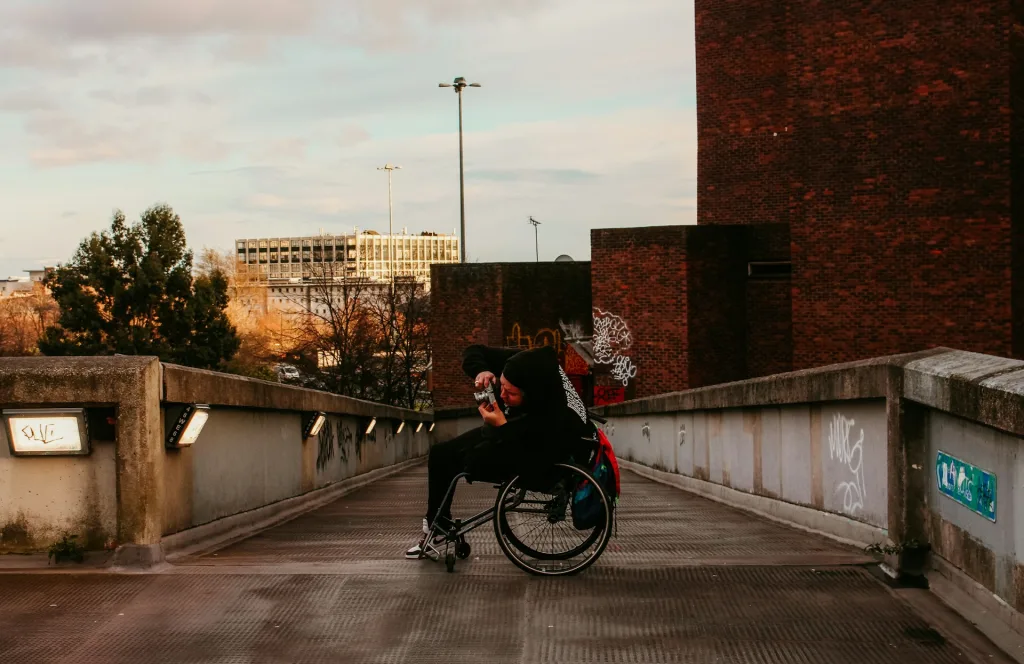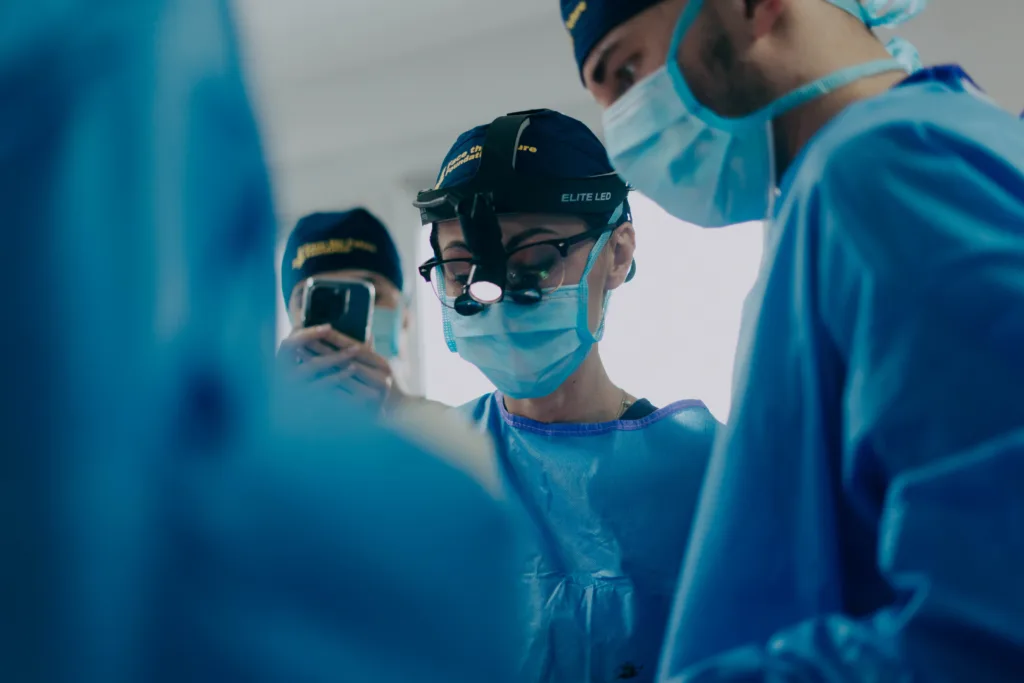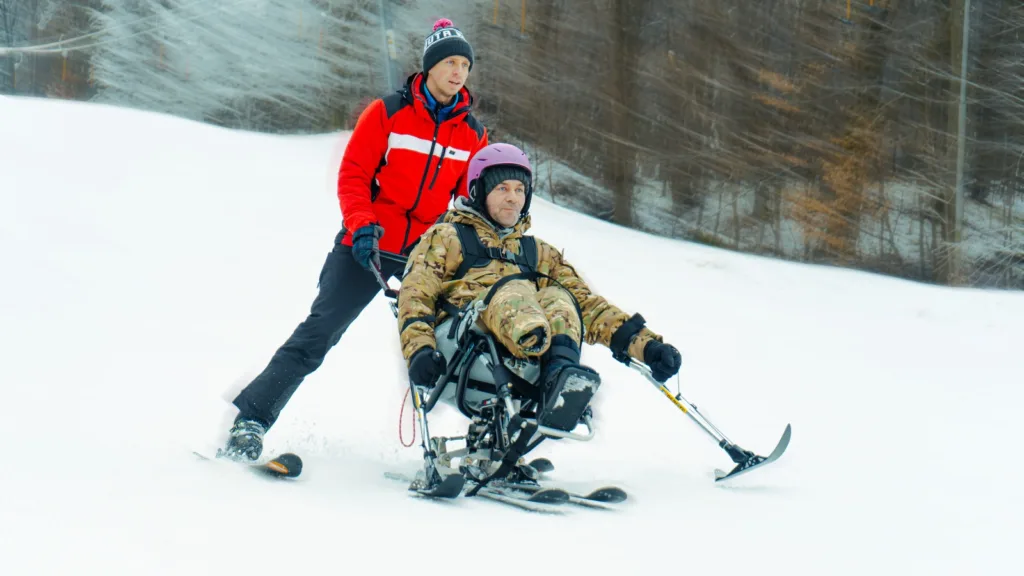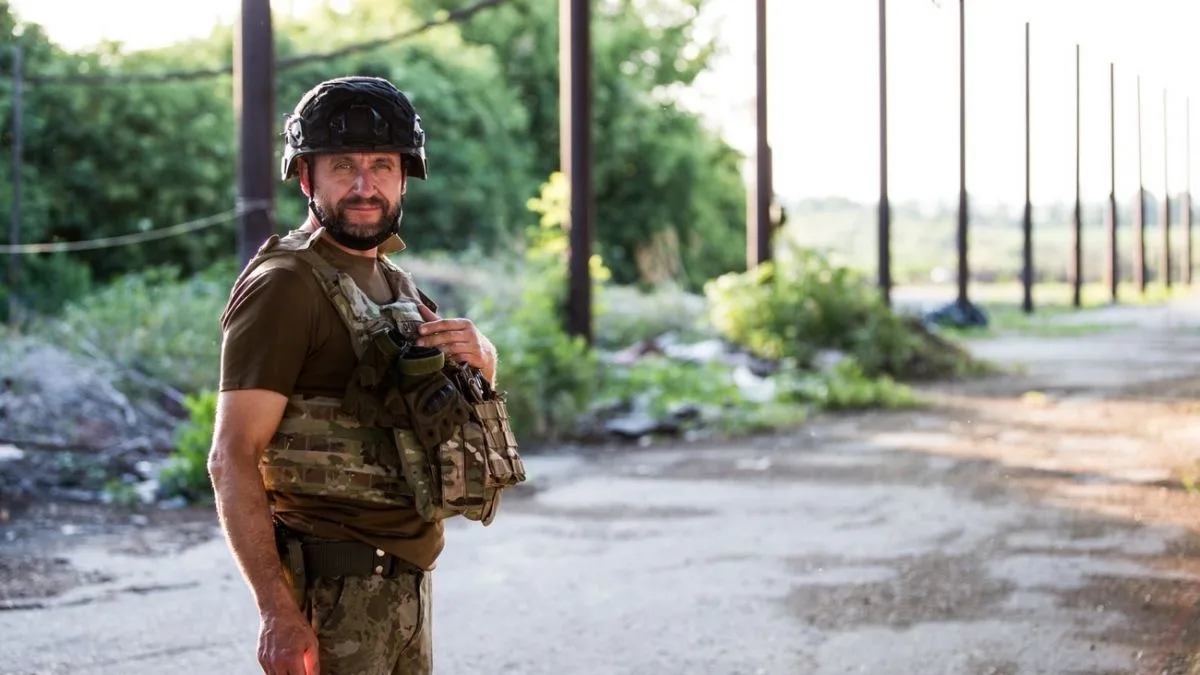The number of veterans after the end of the war could reach 5-6 million people, according to the Ministry of Veterans Affairs. As early as the summer of 2024, 1 million 300 thousand people had this status. The vast majority of them resigned from service not of their own free will, but because they were seriously injured. When a person is mobilised into the army, they are prepared for combat, but not for what happens afterwards. What a veteran should do after being wounded, how to establish a disability, where to find the necessary prosthetic or reconstructive surgery services, and how to return to active life – we will analyse in this article.
Read also: Is gender equality a utopia? What problems do women still face and what to do about them
How to establish disability
A large-scale reform started on 1 January 2025, when the system of assessing a person’s daily functioning replaced the MSEC (medical and social expert commissions). The Ministry of Health says the new system will significantly simplify and digitalise the process of obtaining disability status. All stages will be recorded in an electronic system that eliminates corruption, and disability will be determined by an expert team. The new approach should help not only to recognise that a person has lost their ability to work, but also to assess their real needs for further medical, social and vocational rehabilitation.

As before, a person with a disability can be granted the status of a person with a disability due to a congenital or acquired disease that significantly reduces the quality of life, trauma, injuries caused by an accident, occupational diseases, as well as war injuries. In February, another reason for disability was added to the list of reasons for establishing disability – deprivation of personal freedom as a result of armed aggression against Ukraine. This means that people who survived captivity can receive disability status and state support.
Facial reconstruction
Veterans with facial injuries can get help under the Face the Future Ukraine project. Thanks to the cooperation of Face the Future Foundation, Still Strong, Razom for Ukraine and the CF ‘Patients of Ukraine’, this mission is being implemented for the fifth time.
‘Doctors from Canada and the United States come to Ukraine every six months, usually for a week, and during this time they operate on about 30 patients – military and civilians who have suffered facial injuries due to the fighting,’ says Lidia Dmytrashko, communications manager of the CF “Patients of Ukraine.” ’We are treated by people with injuries to the skull, nose, jaw, and eye injuries. Foreign and Ukrainian surgeons operate on the victims in one of the hospitals in Ivano-Frankivsk. Over the course of the missions, 150 soldiers have undergone reconstructive surgery. Most of the patients are military, but the programme is also available to civilians. All operations are free of charge.’

Prosthetics programmes
The Ministry of Social Policy offers a free prosthetics programme for military personnel in need of prosthetic limbs. The programme is also available to civilians, but they are offered prostheses at three times the price of those in the military. In 2024, more than UAH 4.5 billion was allocated from the state budget for prostheses and rehabilitation equipment. For comparison, in 2023, this amount was 2.7 billion. The Ministry says that in the most severe cases of injury and in the absence of technology in Ukraine, the state can pay for prosthetics abroad. Travel, accommodation and interpreter services will also be compensated. However, this amount should not exceed UAH 2.7 million.
At the Unbroken and Superhumans charity prosthetics and rehabilitation centres in Lviv Oblast and the Recovery centre in Kyiv Oblast, the cost of prosthetics is covered by benefactors. Here, veterans can be fitted with more expensive prostheses with microelectronics and hybrid prostheses.
In December 2024, the ReabiCentre, a rehabilitation centre for severely injured people, was opened at the Institute of Traumatology and Orthopedics of the National Academy of Medical Sciences of Ukraine in Kyiv. The centre specialises in rehabilitating patients with severe polystructural limb injuries and promises to help more than a thousand servicemen a year.
Rehabilitation
After prosthetics and initial adaptation, rehabilitation centres engage veterans in physical activity. It is extremely important, says Viacheslav Zaporozhets, head and founder of the Centre for Complex Endoprosthetics, Osteo-integration and Bionics, and head of the Titanium Rehabilitation Centre. ‘Physical activity takes up about 30% of rehabilitation programmes. Veterans need to be brought back to an active life. I know a guy who lost three limbs. He goes swimming and swims on a par with me. There are veterans who go skiing, play football or basketball. When you tell a veteran: ‘You are not a cripple, you will swim, you will go to the mountains,’ it inspires.’

Therefore, one of the priority areas of joint work between the Ministry of Veterans and the Ministry of Digital Transformation is the development of veteran sports. In April, the second stage of applications will be launched, under which veterans can receive UAH 1,500 every three months for sports. This money can be spent on a gym, swimming pool or other activities.
So, the process of integrating veterans after returning from service is a difficult and lengthy one. It requires government efforts and social change. However, the development of inclusion and the movement towards barrier-free accessibility give hope that veterans will feel better in Ukraine than in the Soviet Union, which deliberately pushed them out of society, creating an image of a ‘strong state’ that had no place for people with disabilities.
Read also: ‘We are here to listen to you and work as equal partners’ — HLF teamlead Gritt Richter



